View basket (0 items $0.00)
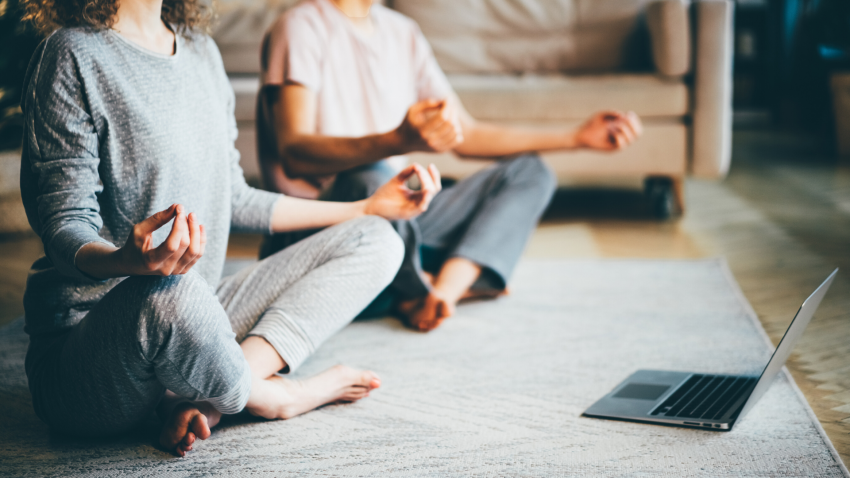
Quarantine Blues: How to Make Home Yoga Practice Your Sanctuary
“Isolation makes any problem bigger,” says Leslie Wilkin, a clinical social worker.
Normally, Leslie Wilkin sees her clients at Island Health in Nanaimo face to face for depression, anxiety, addictions, and other mental health challenges. Due to Covid-19, in-person therapy has ceased, and her clients have less access to personal supports because of social distancing. Wilkin worries that this disruption to the routine could make existing conditions worse.
“We look to the people in our network for cues of safety and reassurance. If you can’t get ahold of your counselor, you can’t go to your group, you’re not meeting friends, and all you’re seeing through your news media or your social media is stress-inducing, it can get out of control for people pretty quickly,” says Wilkin, who is also a yoga teacher and trauma-informed training facilitator with Yoga Outreach.
Drawing from her experience in social work and trauma-informed yoga, Wilkin offers practical tips for building a home yoga practice that supports mental health. It’s interesting that by adding these anxiety and depression-tempering techniques to your routine, you’re simultaneously building a stronger home yoga practice.
Please note: These suggestions are not a substitute for medical advice or a plan devised with your counselor or doctor.
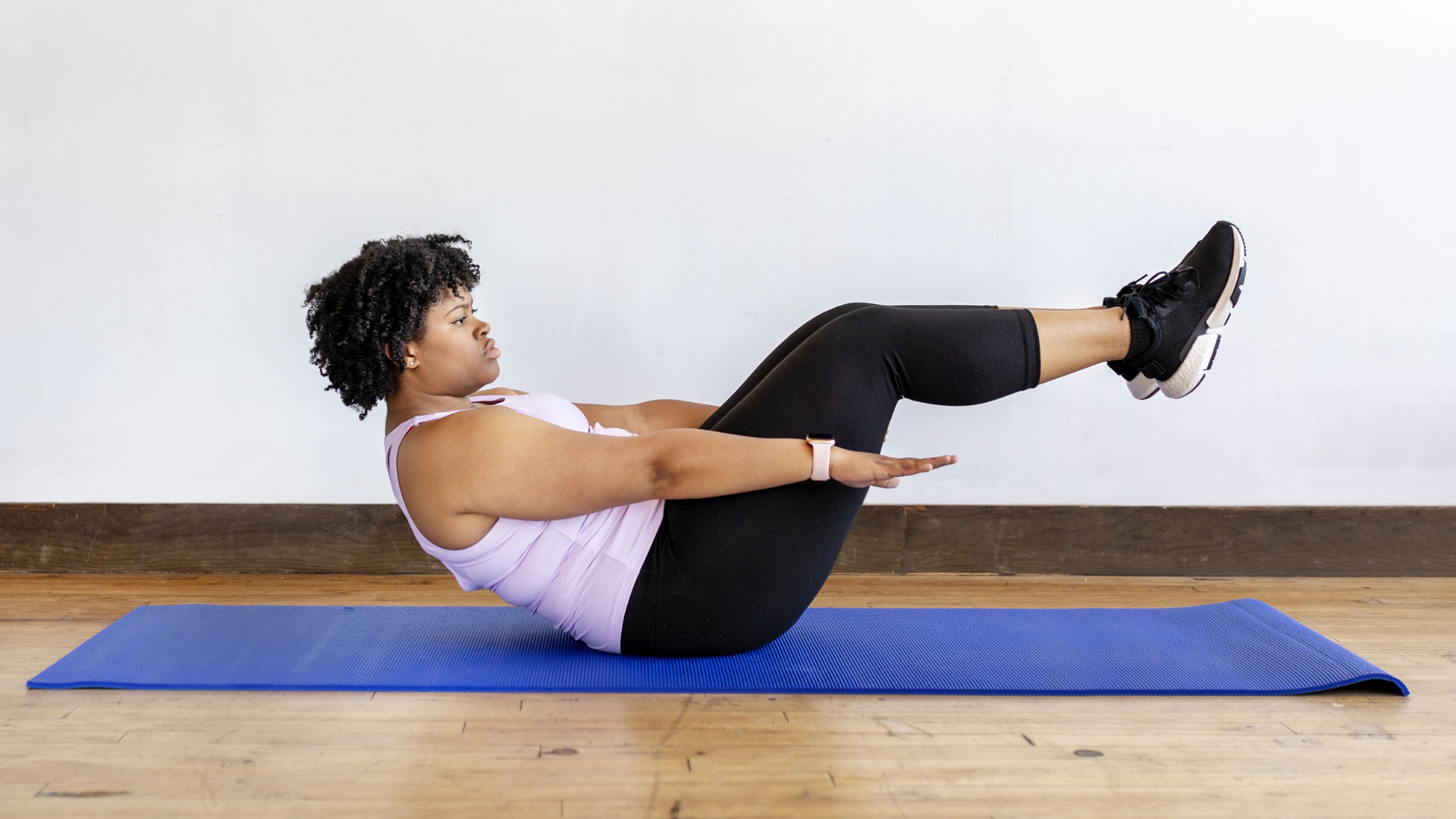
5 Yoga Practices to Support Mental Health
1. Yoga and Mindfulness: Multiple Self Check-Ins Throughout the Day
If there’s one practice that’s helpful for everyone, says Wilkin, it’s tuning into your body. This could mean sitting in meditation, reclining in Savasana (Relaxation Pose), or even paying attention while you’re washing dishes.
“Give yourself time, at fairly regular intervals, to check in with how you’re feeling,” explains Wilkin. “Get curious about what your body might be needing.”
You could start by scanning your body for physical sensations. How do your shoulders feel? Your feet? Or you might investigate an emotion. What does worry feel like in my body? Where do I notice sensation most, now that I’m feeling frustrated?
Tuning in to how you feel could provide clues to what other activities your body needs to feel balanced.
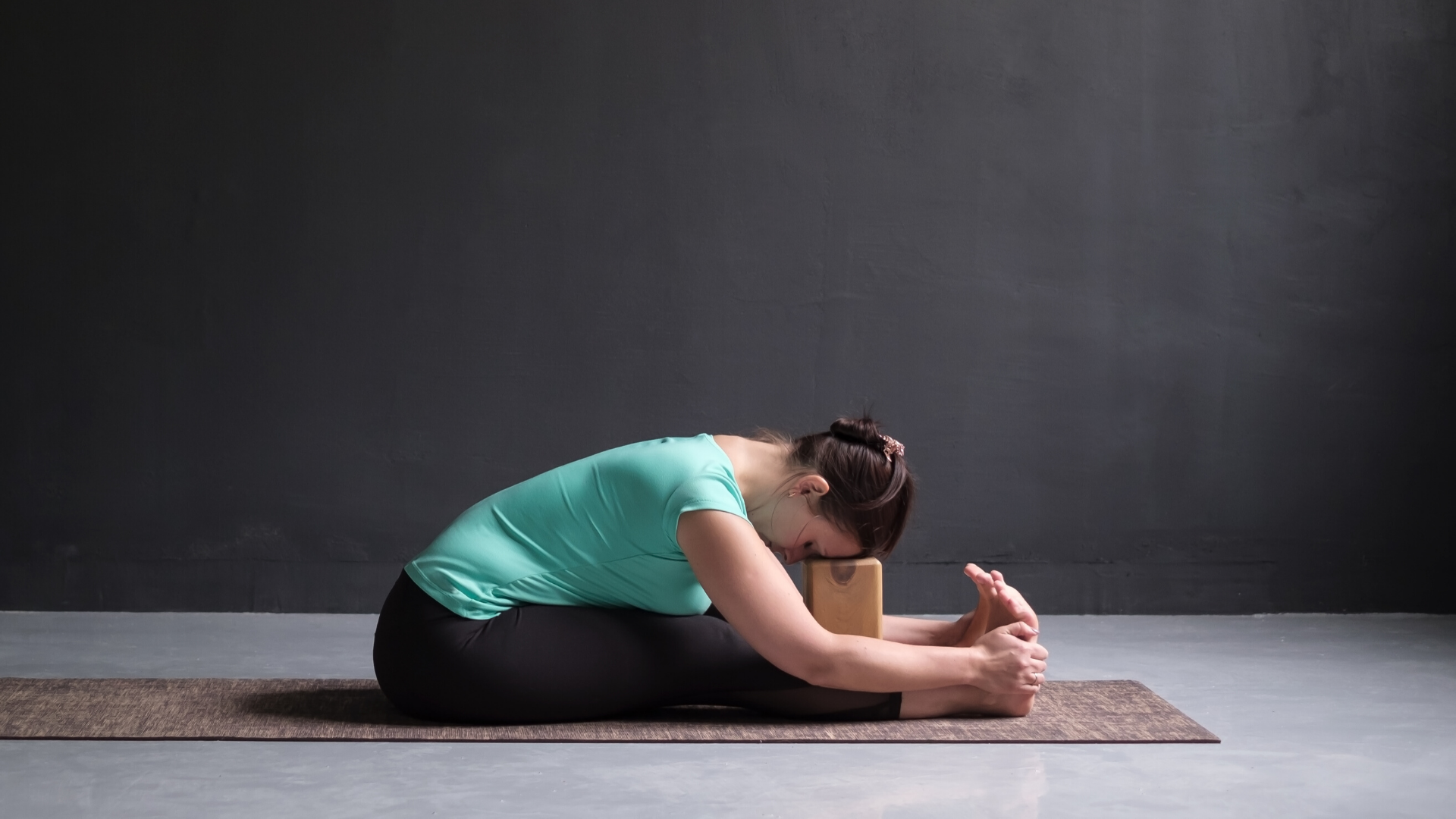
2. Shifting Energy Levels: Restorative Yoga or Vigorous Yoga Practice?
Wilkin often chooses practices based on the principles of Ayurveda, the sister science to yoga. According to this system, she explains, like increases like, and opposites balance.
“When folks are feeling a lot of anxiety and activation, we traditionally recommend practices that are still, quiet, and restorative. Shapes that literally bring your body close to the ground.”
However, some people find it difficult to work with stillness practices when their mind is agitated and their bodies restless.
“Some people won’t shift into that state until they’ve discharged some of that flight-mobilize energy from their nervous system,” Wilkin explains.
If this is the case, she suggests engaging in a more vigorous yoga practice, or another type of exercise, before shifting into slower, grounding practices.
Another common reaction to stress is depression, often characterized by a lack of motivation and feelings of lethargy. “Some people’s response to threat is to shut down, draw the blinds, and stay in their pj’s.”
A person who is in this pattern might find it helpful to activate their body a bit with strength and movement, and again to prioritize regular social connection and check-ins.
3. Try Online Yoga Classes
If your usual yoga teacher has moved their classes online, consider signing on.
“Being able to practice at home with the familiar voice of your usual teacher can be really nourishing for the nervous system. It’s one thing to YouTube any old random teacher but it’s another to listen to someone you have a connection with already.”
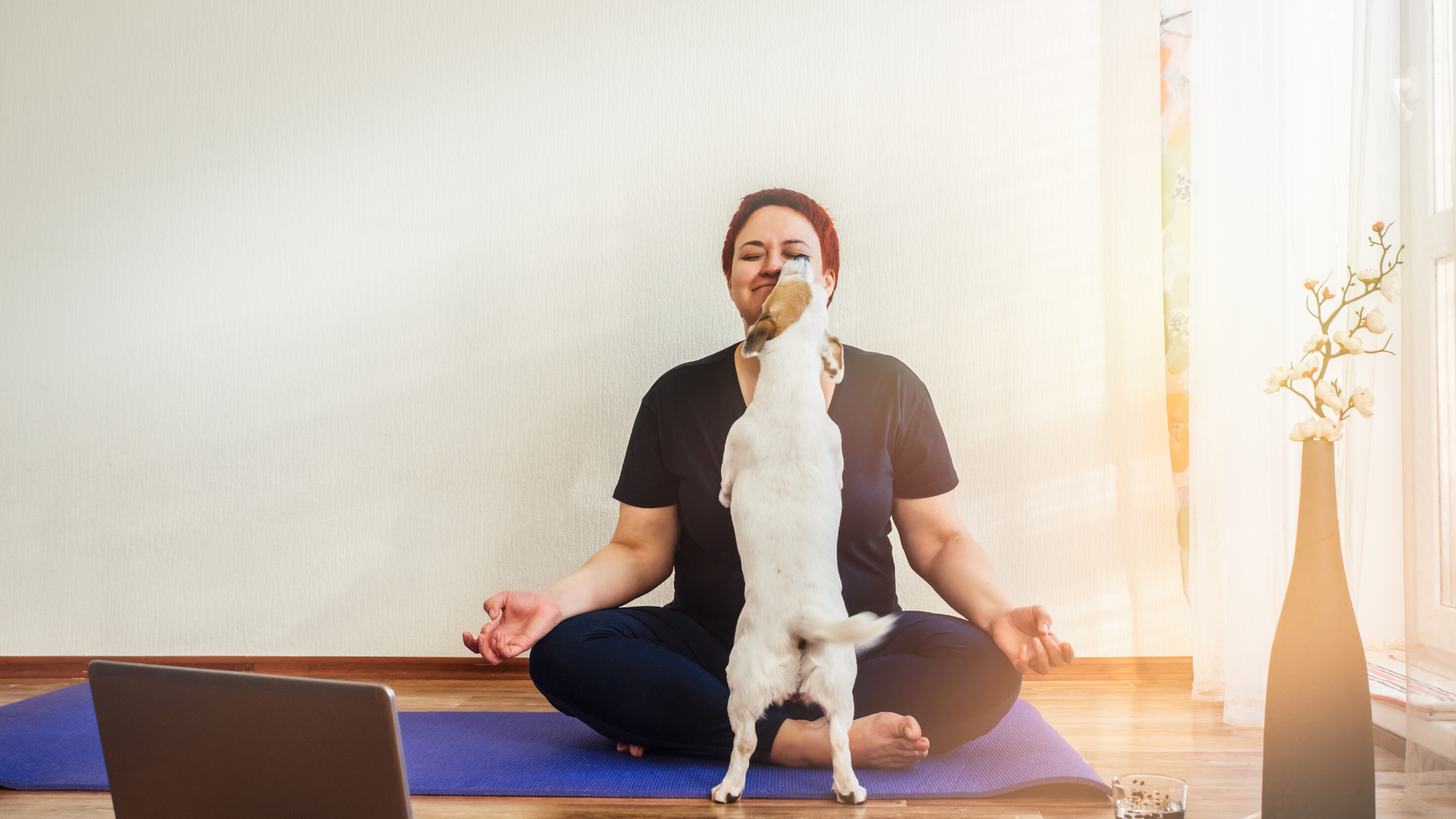
4. Yoga On Your Own: Home Practice Creativity
Let go of the idea that you have to do an hour-long practice, including all the asana or physical practices, plus meditation and mindful breathing. Wilkin advises starting with a few minutes at a time, several times a day.
“You might wake up and do some pranayama and spinal rotation and then you’ve got to have your coffee, walk your dog, and take care of your kids,” says Wilkin. “Maybe you drop into a few Surya Namaskar (Sun Salutations) in the middle of the day, and another practice of some kind before bed.”
Spreading the practice over the day makes it more likely that you’re offering your body what it needs at the moment, Wilkin explains.
5. A Mindful Yogic Routine: Settling into the Current Reality
Many of us are experiencing higher degrees of anxiety these days. But those already vulnerable to mental health crises could quickly feel inundated or isolated to the point of overwhelming.
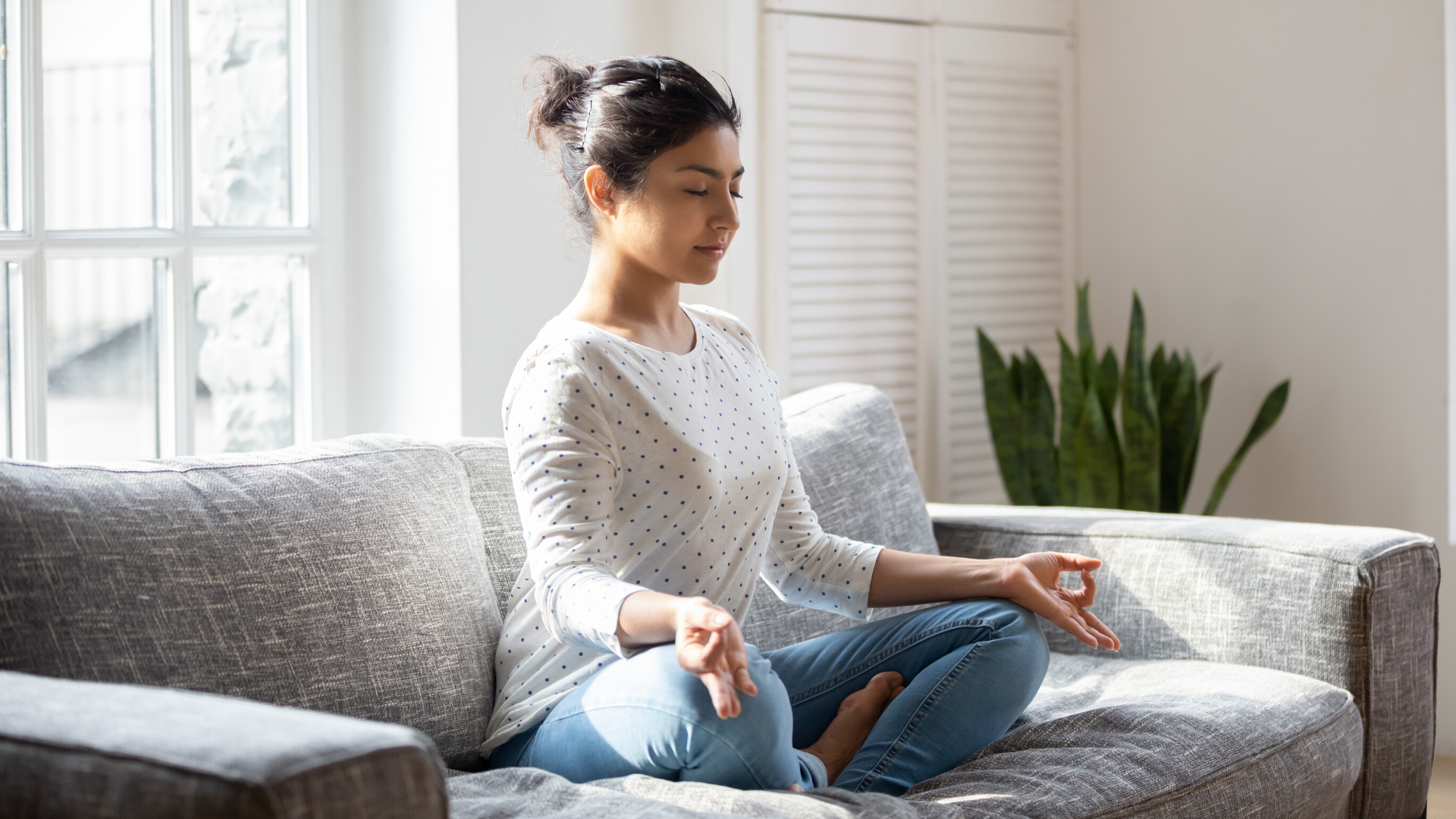
Establishing routines around self check-ins, and emotional and physical care could support mental resilience for many folks. No matter what these practices look like in your own life, every plan should include reaching out for support and for sharing.
Isolation makes any problem bigger, but mental health resilience can make most problems manageable.
Reprinted with permission from Yoga Outreach.

Wendy Goldsmith is the marketing and communications director for Yoga Outreach.
During office hours, she’s a passionate writer and communication strategist. Away from the desk, it’s her pleasure to spend time helping newcomers navigate Canadian culture, teaching yoga for mental health at a Neighbourhood House and at the Down Syndrome Resource Foundation, and joining climate-centered political movements. She’s delighted to bring her passion for truth-telling to a non-profit that believes in the empowering magic of language.

Yoga Outreach delivers over 1000 yoga classes each year in prisons, addiction recovery centers, mental health facilities, in transition homes for women fleeing violence, as well as other community settings. An incredible team of qualified volunteer yoga teachers, trained by Yoga Outreach in trauma-informed yoga principles, lead these classes. Trauma-informed yoga is unique in that it provides participants with choice, tools for self- regulation, and opportunities to rebuild connection.
Featured Courses









